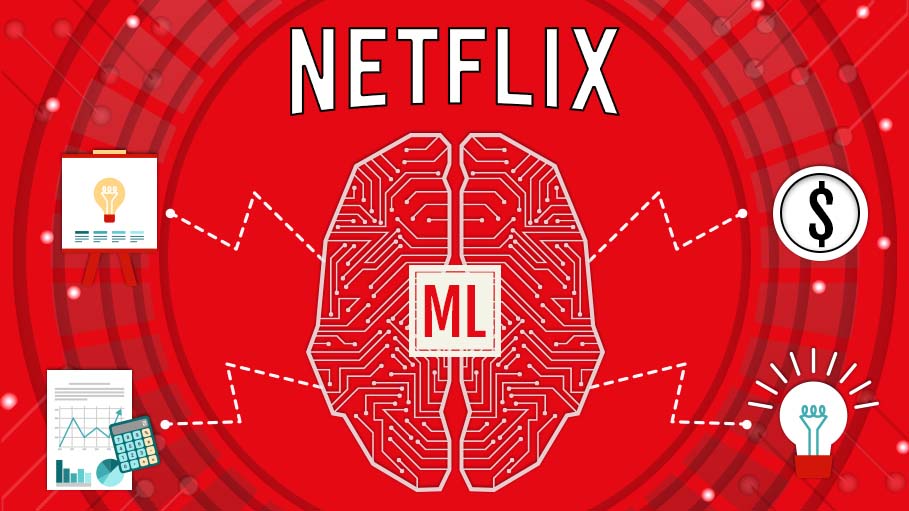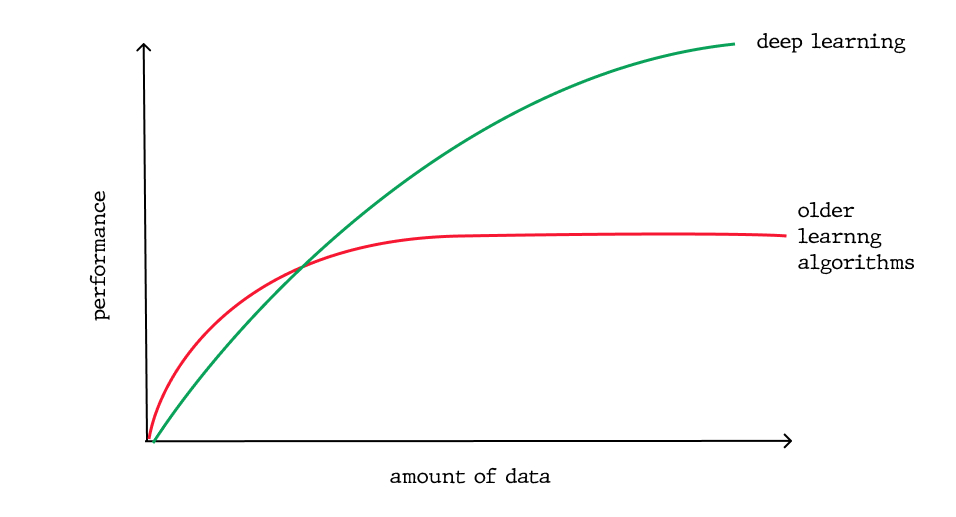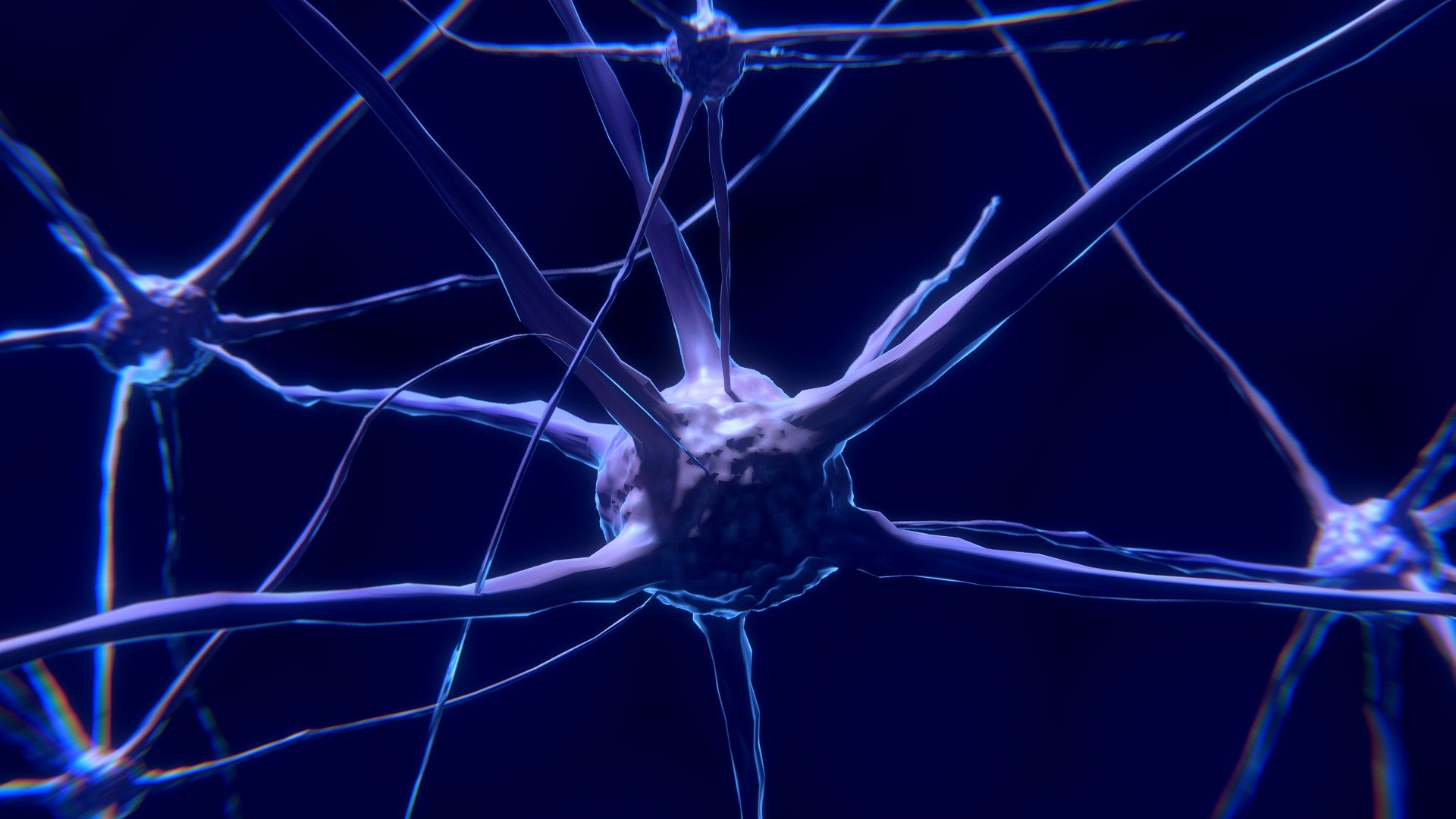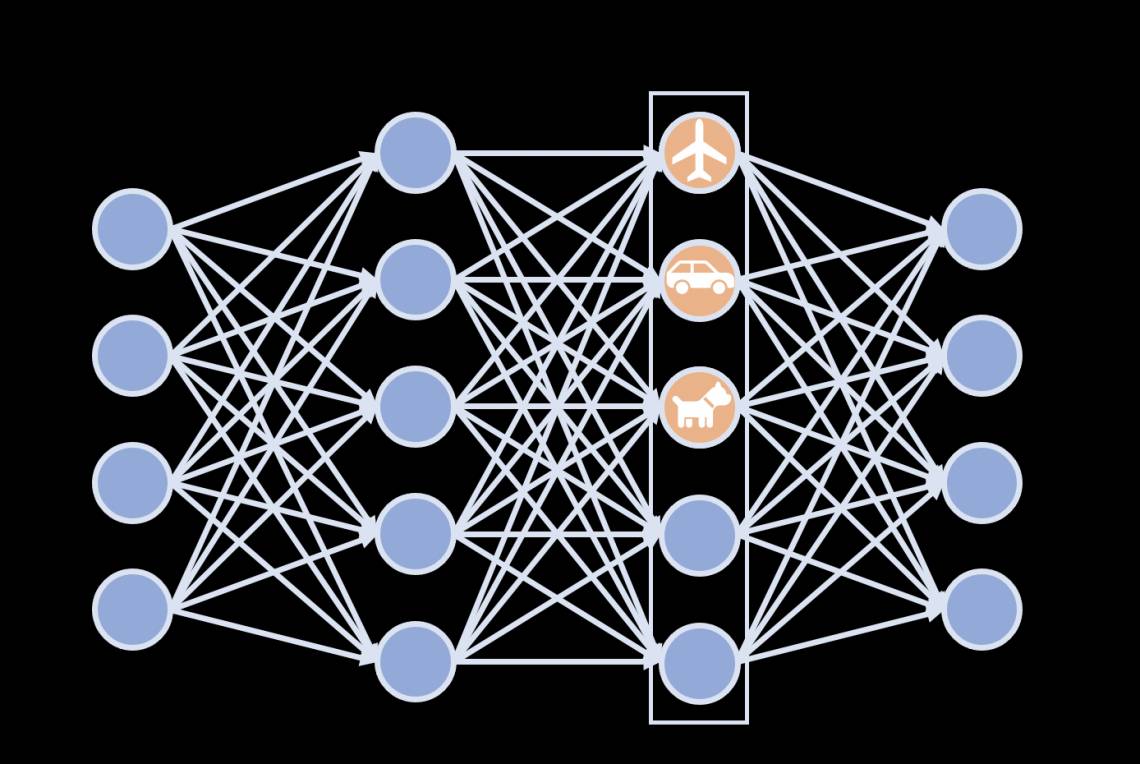This article was published as a part of the Data Science Blogathon.
Artificial Intelligence, Machine Learning and, Deep Learning are the buzzwords of this century. Their wide range of applications has changed the facets of technology in every field, ranging from Healthcare, Manufacturing, Business, Education, Banking, Information Technology, and whatnot!
Although these words are familiar and used widely, they are often used interchangeably. But there is a vast difference between all of these.
In this article, we will explore these buzzwords and learn the difference between them.
Artificial Intelligence
Simply put, “Artificial Intelligence is the ability of machines to function like the human brain.”
Whenever we think of Artificial Intelligence, the first thing that strikes our mind is Robots. A few decades ago, ‘Robots’ fascinated us the most with movies showcasing Robots / Superhumans performing insanely tough jobs effortlessly and living on par with humans. Now Robots like Sophia are a reality and we find AI everywhere. Right from robotic vacuum cleaners, virtual assistants like SIRI, robots that perform surgeries in healthcare, robots that write codes, and of course the self-driving cars and trucks – most of these are a reality and the world of Artificial Intelligence is rapidly evolving. Starting with IBM’s chess-playing computer ‘Deep Blue’ which won a chess match against World Champion, to ‘Google’s AlphaGo’, we have seen fascinating discoveries in this AI revolution.
In simple terms, Artificial Intelligence is all about training machines to mimic human behavior, specifically, the human brain and its thinking abilities. Similar to the human brain, AI systems develop the ability to rationalize and perform actions that have the best chance of achieving a specific goal.
Artificial Intelligence focuses on performing 3 cognitive skills just like a human – learning, reasoning, and self-correction.
The evolution of Artificial Intelligence is considered the fourth Industrial Revolution ~ UBS
Experts say, just like how the first 3 industrial revolutions changed the course of the world, the fourth revolution, powered by Artificial Intelligence, IoT and Cloud will surely change the course of humanity and our planet Earth. And enthusiasts are running to learn any AI Course Online.
Let’s have a quick look at the three broad categories of Artificial Intelligence and how we are rapidly evolving in these areas!
1. Artificial Narrow Intelligence
2. Artificial General Intelligence
3. Artificial Super Intelligence
Artificial Narrow Intelligence
Artificial Narrow Intelligence systems are designed and trained to complete one specific task and are often termed as Weak AI / Narrow AI. The chatbots that answer questions based on user input, voice assistants like Siri, Alexa, and Cortana, facial recognition systems, AI systems that search the internet, are examples of Weak AI. They are intelligent at performing the specific tasks that they are programmed to do so.
Narrow AI doesn’t mimic human intelligence, rather it just simulates human behavior based on a set of parameters and input data. Weak AI still requires some amount of human intervention in terms of defining parameters for learning algorithms, feeding relevant training data, and ensuring the accuracy of prediction.
You can think of it as an infant who listens to instruction from adults and performs the functions as directed.
Artificial General Intelligence
Artificial General Intelligence is when the AI systems/machines would perform on par with another human. This also means the ability of the machine to interpret and understand human tone and emotions and act accordingly. This is also called Strong AI and we are still scratching the surface of Strong AI. As Machine Learning capabilities continue to evolve, AI will progress and we will reach there soon.
Artificial Super Intelligence
Artificial Super Intelligence/Super AI is when an Artificial Intelligent machine would become self-aware and surpass human’s intelligence and ability. Although there is so much exciting research happening around this area, there are warnings from scientists as well.
Oxford University Professor and New York Times best-selling author of the book “Superintelligence: Paths, Dangers, Strategies”, Nick Bostrom says,
” The biggest threat is the longer-term problem, introducing something radical that’s super intelligent and failing to align it with human values and intentions. This is a big technical problem. We would succeed at solving the capability problem before we succeed at solving the safety and alignment problem.”
So, what’s your thought about reaching this level of Artificial Super Intelligence? Do you think uncontrolled Super AI can become a threat to humanity? Don’t forget to share your thoughts in the comments.
Okay! That’s a lot about Artificial Intelligence!
As we have a fair idea of Artificial Intelligence; are you wondering how the computer system/machine can mimic human actions and perform predictions, automation, and make decisions?
That is where Machine Learning comes into the picture.
Machine Learning
Machine Learning is naturally a subset of AI. It provides the statistical methods and algorithms and enables the machines/computers to learn automatically from their previous experiences and data and allows the program to change its behavior accordingly.
Machine Learning provides many different techniques and algorithms to make the computer learn. Decision trees, Random Forests, Support Vector Machines, K Means clustering – these are just to name a few.
Demand forecasting sales of products, predicting customer behavior, gauging customer sentiments from their social media behavior – these are some use cases where machine learning models are used. Machine learning algorithms work well when the input data is reasonably good enough. When the size of data explodes, we need to look at more efficient algorithms and techniques and that is where Deep Learning finds its hotspot.
OTT platforms like Netflix and Amazon Prime use Machine Learning to recommend movies based on the user’s past viewing data and it constantly improves by learning from past experiences.

Image Source: Scrabbl
In e-commerce, companies like Amazon and Flipkart use Machine Learning to learn the user’s preferences and give product recommendations based on previous purchases and viewing history.
The application of Machine Learning in the real world is humongous!
Now we have a clear idea that Machine Learning and AI are not just the same. Machine Learning is one of the ways to achieve Artificial Intelligence.
Just like anything else, Machine Learning has its shortcomings and that is where Deep Learning comes into the picture!
Machine Learning models don’t perform very well when the volume and complexity of data increase multifold. They need some sort of human intervention and guidance whereas Deep Learning models learn from data and previous experience and correct themselves progressively.

Scaling with the amount of data | Image Source: soshace.com
Let’s look at the next buzzword – Deep Learning!
Deep Learning
Deep Learning can be thought of as the evolution of Machine Learning which takes inspiration from the functioning of the human brain. Deep Learning is used to solve complex problems where the data is huge, diverse, less structured. Deep learning models are built on top of Artificial Neural Networks, which mimic how the human brain works.
Let’s look at the basic functioning of our brain to understand how Neural Networks work. Our human brain has neurons which are the basic functional units of our brain. The neurons transmit information to other nerve cells, muscles, and glands and also receive input from other neurons, enabling the brain to make decisions.

Imagine, you are a small kid and you see a pot filled with hot water. When you see it you wouldn’t understand it’s hot unless someone says so. If you touch the hot pot, the nerves in your fingers carry this information to the brain, and the neurons process this information and send the signal back to your fingers and you would sense the heat. Next time you see a hot pot, your brain will remember the previous incidents and will remind you that you will feel hot if you touch it.
And our brain continuously learns from inputs from the environment and previous experiences and makes the best possible decision in every scenario. This is pretty much what Deep Learning does! It learns progressively from raw data and previous experiences and corrects itself without explicit programming.

Image Source: DukeToday
Artificial Neural Networks, Convolutional Neural Networks, and Recurrent Neural Networks are some of the Deep Learning algorithms used to solve real-world problems.
Self-driving cars and trucks, Virtual Assistants like Alexa, Siri, and Google Assistant, Speech recognition systems, Computer vision, Robotic Surgeries are all interesting applications of Deep Learning.
Although Deep Learning was conceptualized in the 1980s, researchers had 2 major constraints when it came to implementing Deep Learning models. Deep learning models require abundant data and very high computational power. As the data increases, the depth of the neural network increases and the learning becomes ‘Deep’. That is the essence of Deep Learning. Another significant advantage of Deep Learning is that, as the model trains, it learns to extract features on its own and we don’t have to do manual feature extraction as the case with other Machine Learning algorithms.
With the advent of new processing units, increased computational power, and the exponential increase of data; Deep Learning is gaining momentum and is finding use in solving many real-world problems.
” At the beginning of 2020, the number of bytes in the digital universe was 40 times bigger than the number of stars in the observable universe” ~ World Economic Forum
To summarize, a lot of AI systems are powered by Machine Learning and Deep Learning algorithms. AI is achieved through Machine Learning, and Deep Learning and they are not the same.
I hope this article gave you a fair idea of Artificial Intelligence, Machine Learning, and Deep Learning.
If you would like to drop your thoughts or connect with me on LinkedIn, here is the link- LinkedIn
Happy learning!
The media shown in this article are not owned by Analytics Vidhya and is used at the Author’s discretion.




